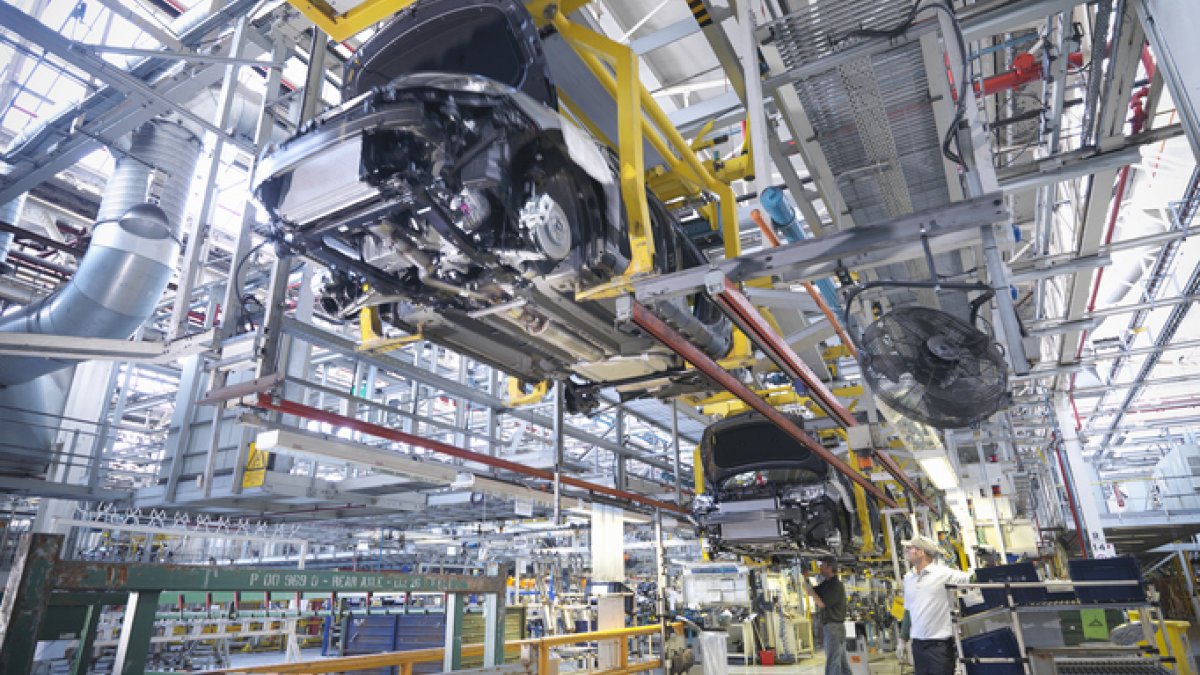A more fluid approach saved Lamborghini and it could save other businesses, say Surrey experts
What’s the best way for a parent company to save a struggling business? Experts suggest that businesses should reject a one-size-fits-all approach and consider a more fluid strategy used by Audi AG to save the super-car manufacturer, Lamborghini.

A new study from the University of Surrey*, which investigated 21 years of data, concluded that it could be good for parent organisations to vary the freedoms enjoyed by the companies they buy – sometimes allowing them higher levels of organisational autonomy, and sometimes reining them in.
Professor Thomas Lawton, Professor of Strategy and International Business at Surrey Business School, part of the University of Surrey, said:
“The relationship between parent companies and the units they buy changes. In families, it is normal for children to gradually enjoy more freedoms and eventually leave home, but Lamborghini’s experience shows it can be very different in business. There, fluctuating levels of autonomy led to the Holy Grail of efficiency and innovation.”
When Audi (a subsidiary of the Volkswagen Group) rescued the ailing Lamborghini in 1998, it followed the old parent company playbook by insisting that many Audi processes were followed, including in manufacturing, procurement and quality control.
However, Surrey’s business experts noticed that the 2007 launch of the Lamborghini Aventador showed a reversal of this trend. Audi had given the smaller unit more autonomy and let it innovate. Surrey’s subsequent research offers ideas into how other companies can successfully balance efficiency-driven controls with innovation.
The research was conducted through interviews with 50 Lamborghini and Audi executives, observations at facilities, and analysis of company documents, including presentations, sales figures, organisational charts, annual reports, press releases, social media content, media coverage and more. Conducted over nearly a decade, but examining 21 years of company history, the period covered the creation of new models like the Urus and Huracán.
By investigating what factors led to shifting levels of organisational autonomy at Lamborghini and the way managers in both parts of the business bargained for power, the researchers created a new process model for the dynamics that determined the levels of freedom offered to a subsidiary by its parent. The model contributes fresh ideas to conversations about organisational autonomy and is applicable to both merger and acquisition contexts and broader business settings involving subsidiaries.
Professor Lawton said:
“This research offers businesses ideas for creating and maintaining competitive advantage and customer value when working with subsidiaries. By understanding how internal bargaining processes work, it’s possible to use them to drive success. Parent companies should no longer assume the eventual aim after a merger or acquisition is either full amalgamation or separation. There’s a middle road offering a dynamic way forward.”
Notes to editors
- Professor Thomas Lawton is available for interview upon request
- Read the full study here
- *In collaboration with partners at EMLYON Business School in France, University of Bologna in Italy, and the University of Nottingham
- Contact the University of Surrey Press Office: mediarelations@surrey.ac.uk
Media Contacts
External Communications and PR team
Phone: +44 (0)1483 684380 / 688914 / 684378
Email: mediarelations@surrey.ac.uk
Out of hours: +44 (0)7773 479911
